
Photo
Detail of Mabel Hagan's grandmother's quilt.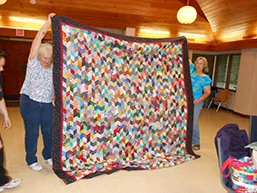
People have always depended on furs, fibers, and fabrics for protection and warmth, but these materials also served as a way to enrich their environment. Until the rail lines opened up routes to the South Carolina backcountry in the middle of the nineteenth century, residents had little access to imported goods. In the mountains and foothills, Scots-Irish immigrants brought a strong tradition of flax harvesting and linen production. In other parts of the rural south, plantations provided another source of homespun textiles. Textiles, especially quilts, can serve several functions. Quilts carry powerful emotional significance and many were made to show off fine fabrics and fancy needlework; others were composed of scraps and remnants. Whether using imported fabrics, domestically produced fibers, or material scraps from the family farm, quilts are intimately connected to the maker’s social and economic environment.
Content is provided by McKissick Museum, University of South Carolina.
For further information about any of the artists featured on Digital Traditions, send your questions and comments to hallagan@mailbox.sc.edu.
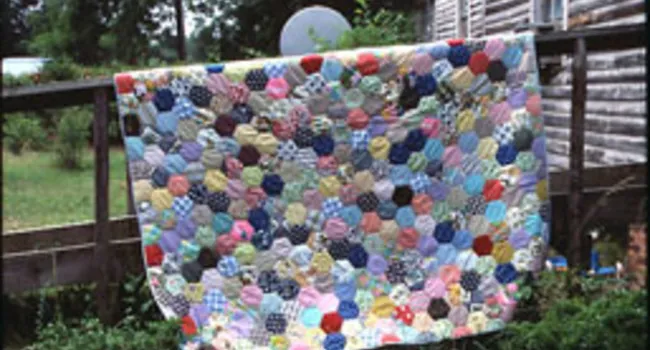
Audio
Mazie Young briefly discusses the process of making gingerbread.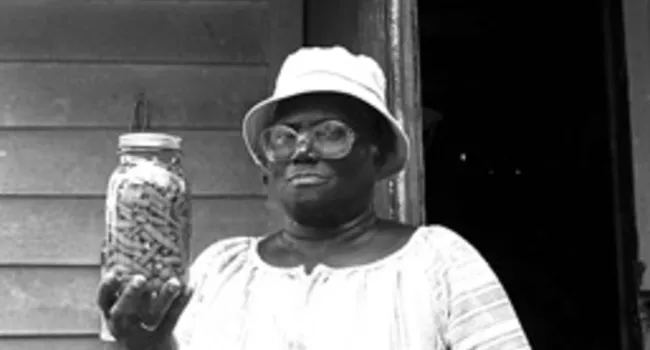
Audio
Rebecca Hill's story of how she taught herself to make lye soap when she was young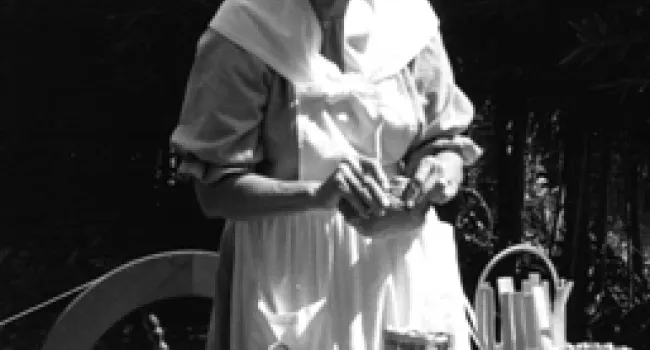
Photo
Because of her close ties with textiles, she became interested in enhancing the beauty of fibers with natural dyes. She learned how to use roots, berries, flowers and many other organic materials for...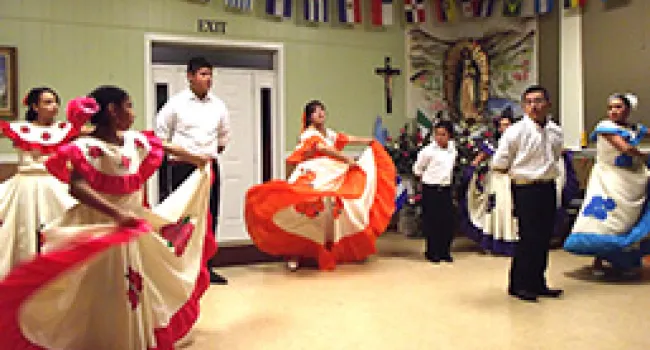
Photo
Ms. Maria de la Paz Garcia is a traditional seamstress whose specialty is sewing Mexican folk dresses. She enjoys sewing them for the Vigen de Guadelupe Holiday festival and learned the art in Mexico...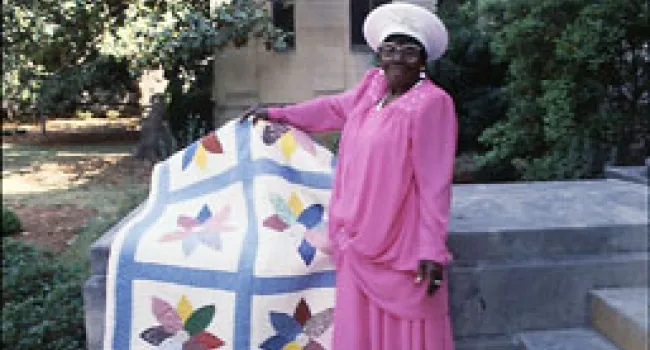
Photo
Mrs. Mary Albertha Green is a lifelong resident of the Sutton Community of Andrews. Mrs. Green has been quilting since the age of eight, when an aunt taught her to turn old clothes into beautiful and...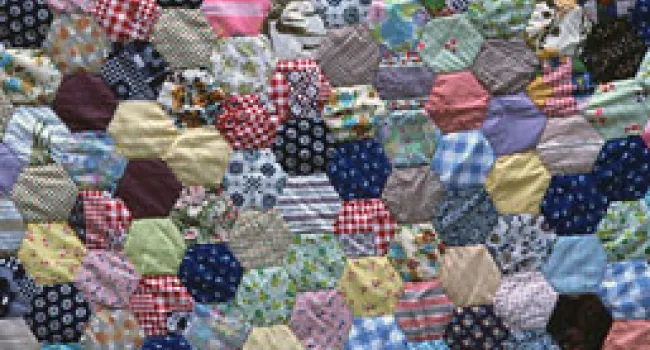
Document
Audio transcript for: Church Homecoming Different Weather Lived Off Land Making Gingerbread Making Molasses Necessity Of Hog Killing Quilting Senior Quilting Group Sugar Vs. Salt Curing Working At The...